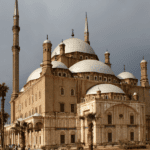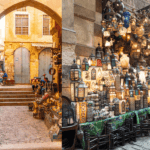The Foundation
The monastery was founded between 527-565 AD by order of Emperor Justinian I. It was intended to be dedicated to the mounted chapel and the basilica of Saint Catherine of Alexandria, on the site of the burning bush of Moses.
- Place: Monastery of St. Catherine
- Country: Egypt
- Governorate: South Sinai, Egypt
- Age: Built in 527 AD, rebuilt in 11th century AD
- Population: Tourist site with no permanent residents
- Discovered by: Identified in 1848 by John Lewis Burckhardt, a Swiss explorer
- Famous for: Ancient manuscripts dating back to early Christianity, treasury of manuscripts
- Nearby locations: St Katherine’s Village, Mount Sinai, Colored Canyon
Architecture and Historical Expansion
The main churches and buildings were constructed in the 6th century but has seen several restorations and additions over the centuries. A second story was added to the building in the 11th century CE. Several defensivefeatures like fortified walls were also incorporated in the medieval period.
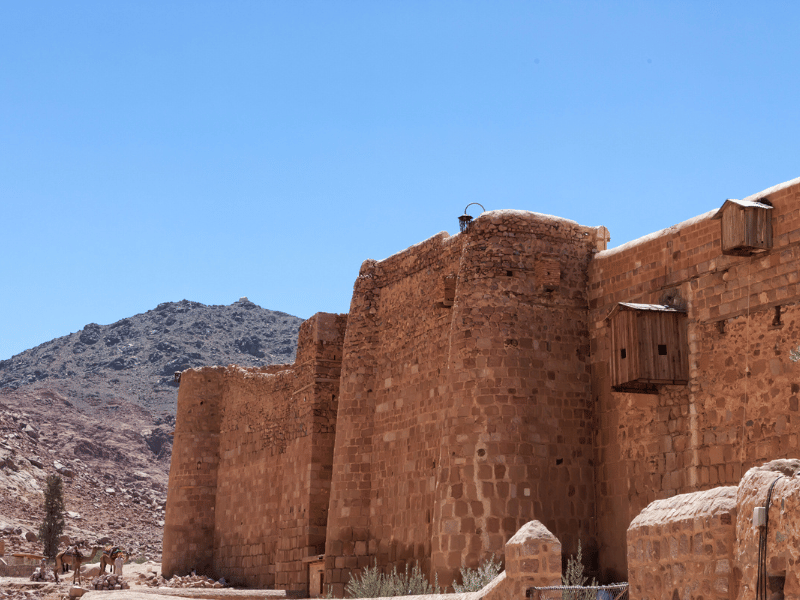
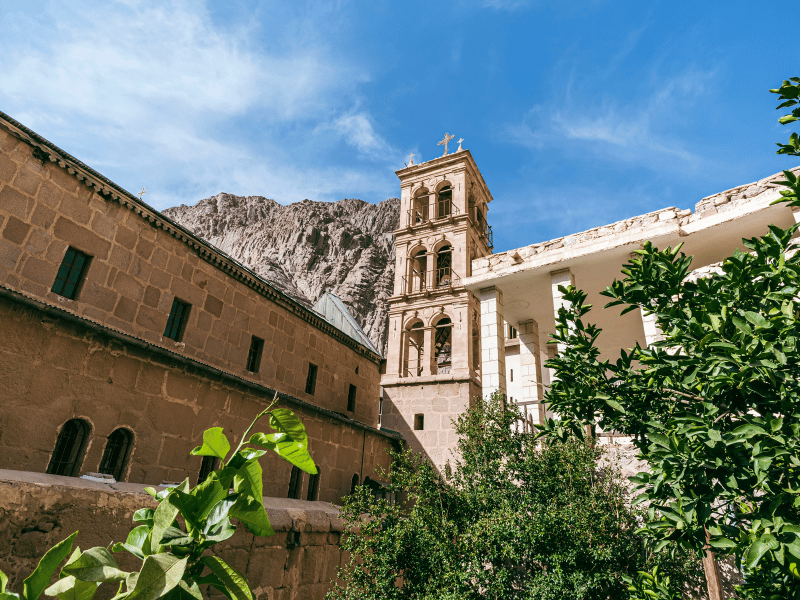
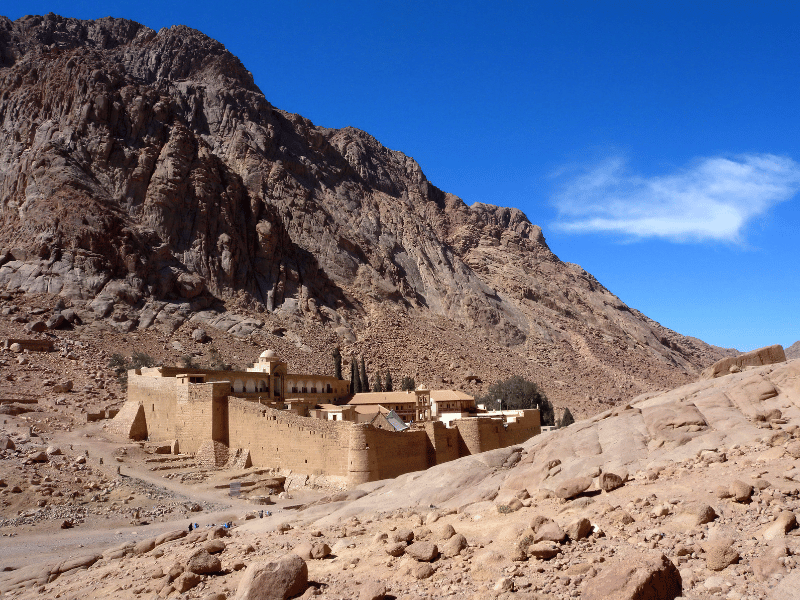


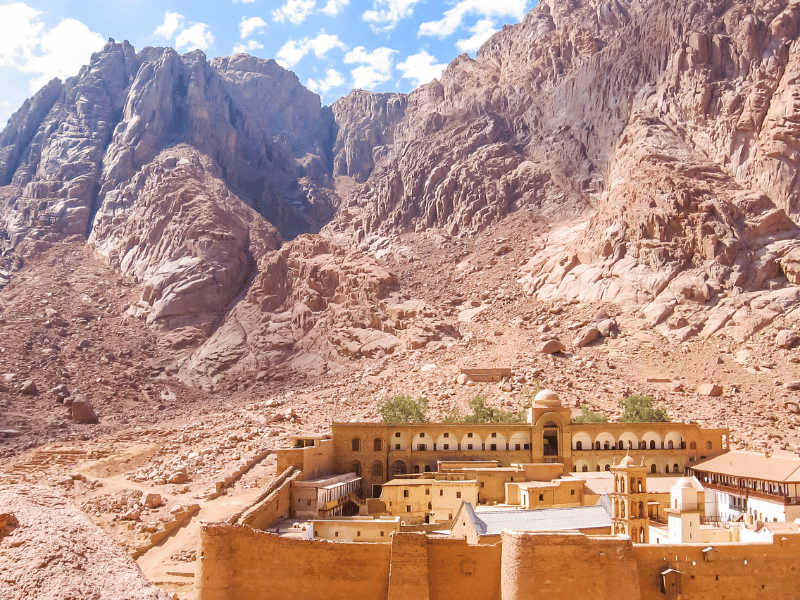
Ancient Mand Library
The monastery houses one of the biggest collections of Christian manuscripts with considerable antiquity. This includes the Codex Sinaiticus, among the oldest biblical manuscripts in existence. The monastery library is home to around 4,500 manuscripts in Greek, Arabic, Ethiopian, and various European languages.
Way of Life of The Monks
The monks adhere to a stringent daily routine of prayer, fasting, and spiritual meditation. Only monks are allowed to live permanently at the site. The monks are mainlyoccupied with prayer, copying and rebinding manuscripts. Farming and caring for livestock are also part of their duties. Visitors can see the monks during specified hours of the day.
Tourism and Significance
The monastery attracts thousands of tourists each year given its ancient architecture and priceless collection of early biblical texts and manuscripts. It is an important landmark highlighting Egypt’s Coptic Christianhistory and its role in protecting ancient religious scriptures. The burning bush site is also historically significant as believed to be the place where God appeared to Moses.
Conservation Efforts
Parts of the monastery suffered damage from earthquakes over time and restoration works are ongoing to strengthen the structural integrity of the buildings. The manuscripts are also digitized to ensure long-term preservation of the important theological texts. The site is protected as a UNESCO World Heritage Site in recognition of its cultural and historical value.


